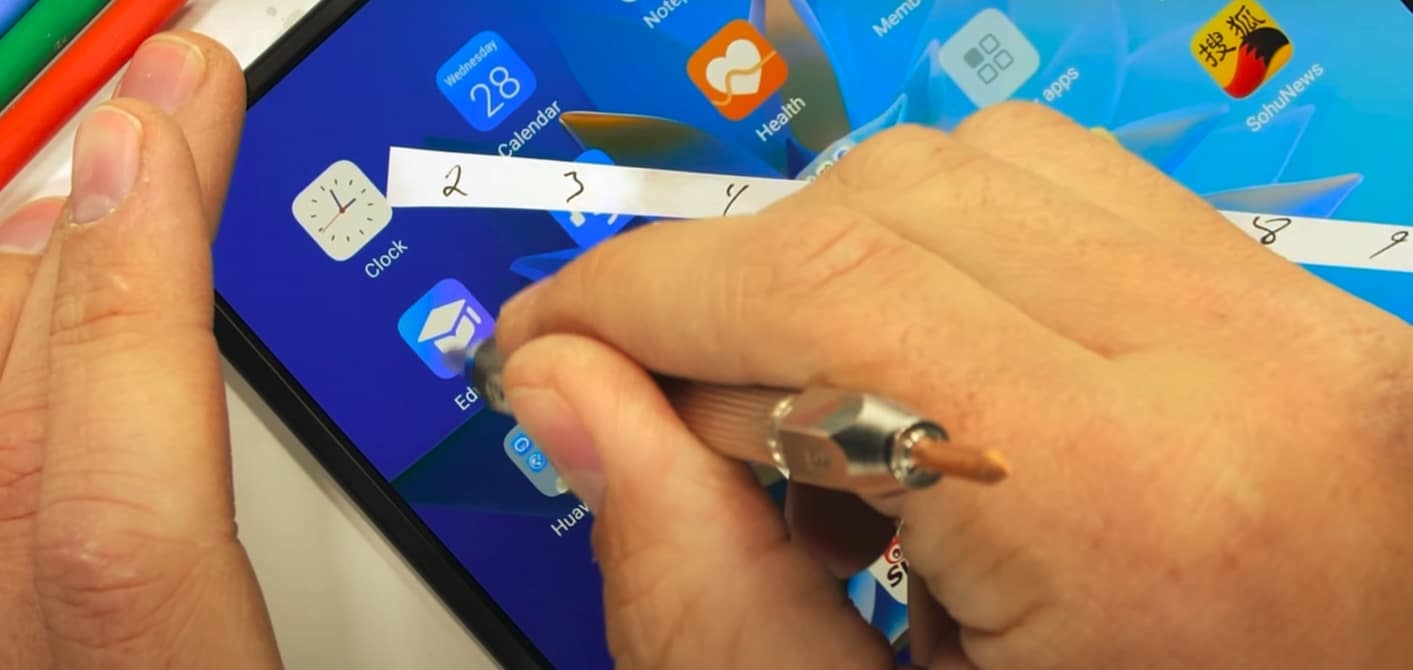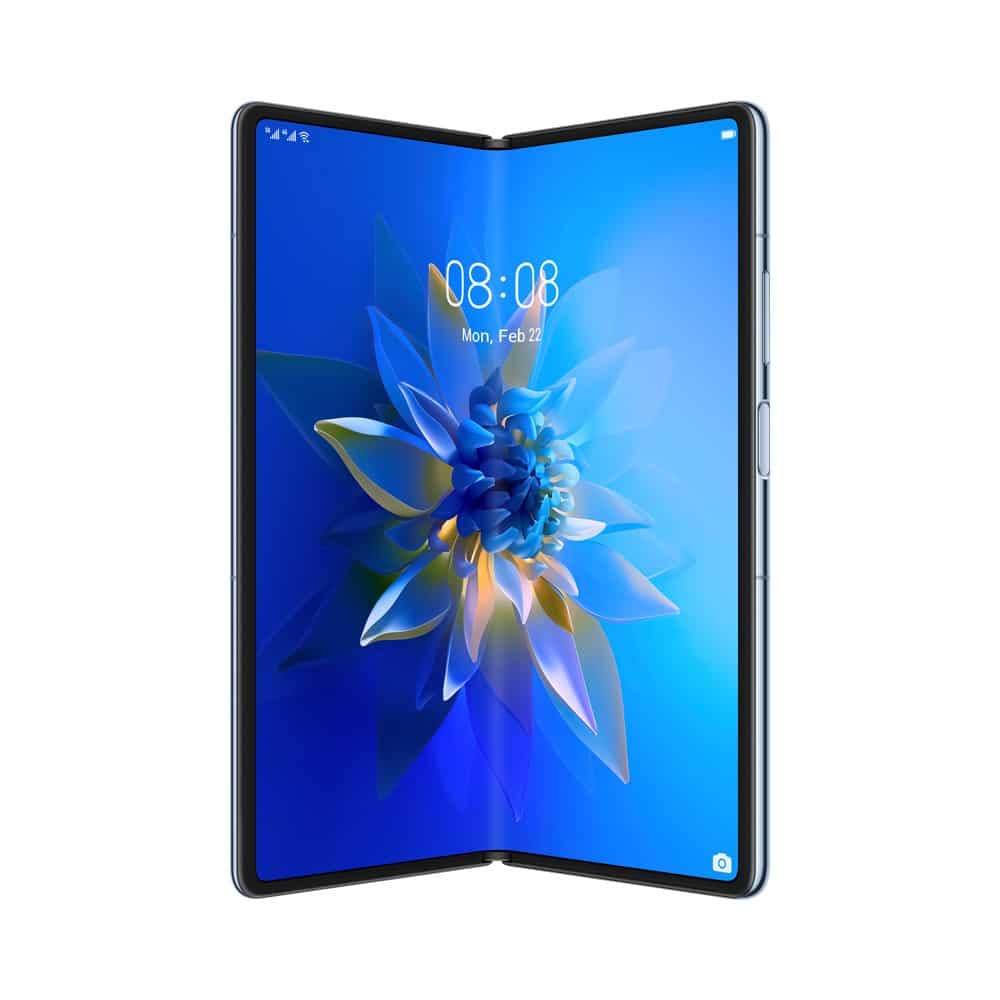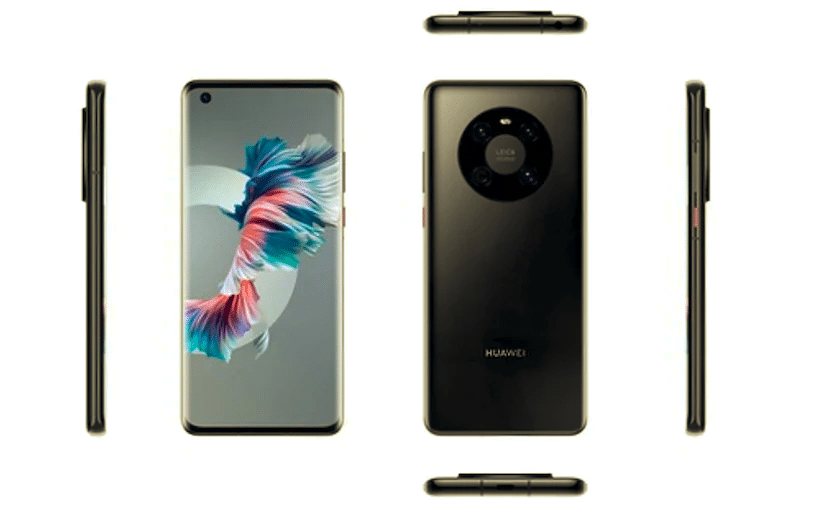
Huawei is all set to launch its latest flagship — the P9 — at an event later today. The handset is expected to come with the company’s own Kirin 955 chipset and feature a dual-lens camera system from Leica.
Despite the smartphone market slowing down and major players struggling, Huawei has been growing rapidly. The company has launched a slew of impressive phones over the last couple of years, as it is trying to break free from its image of a ‘cheap’ smartphone maker to a premium brand. It even worked with Google last year on the Nexus 6P, making it the first ever Chinese OEM to work on a Nexus product.
“We want to become No. 1 as a premium brand,” said Richard Yu, Huawei’s consumer electronics chief, in an interview, adding that Huawei plans to launch a flagship phone in the U.S. later this year.
Surprisingly, inspite of its tremendous growth, Huawei has little brand value and recognition in United States — one of the largest smartphone markets of the world. In a bid to change this, Huawei says that it will be launching a flagship phone in the U.S. later this year.
Huawei’s seriousness about its smartphone business is visible from the fact that it spent $9.2 billion in R&D in 2015, which is 1.1$ billion more than what Apple spent during the same time. The company has also been working closely with premium suppliers who work and supply components to Apple and Samsung to procure its components.
In spite of having little presence in the United States, Huawei was the world’s third largest smartphone OEM in 2015. The company surpassed other Chinese rivals like Xiaomi and Lenovo to achieve this feat, and managed to ship more than 100 million smartphones last year.
[Via WSJ]

















